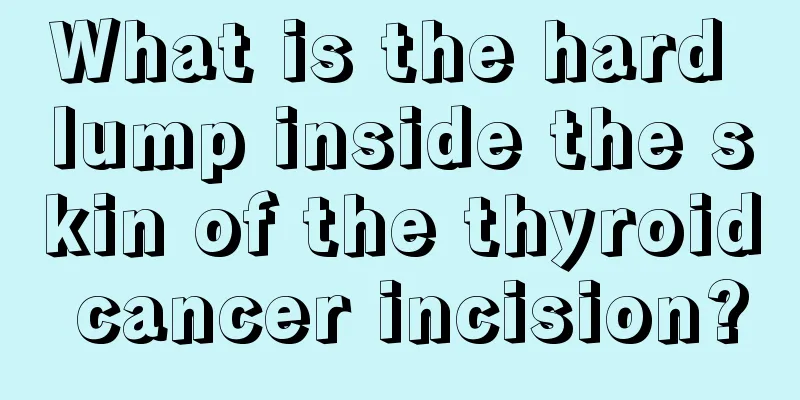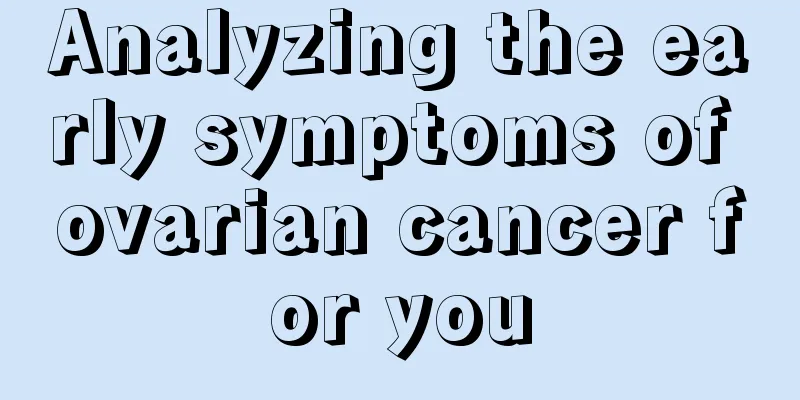What are the conditions for glioma

|
For every patient with glioma, good health is their greatest happiness. However, God is not kind to them, and they suffer from glioma. This has caused great harm to their bodies. Some people even do not know that they are sick when they suffer from glioma, or they know that they have glioma, but they do not pay attention to it and do not treat it. This has aggravated their condition invisibly. So, what are the conditions of glioma? Common symptoms: deep headache, vomiting, decreased vision, diplopia, epileptic seizures, slow reaction, brainstem hemorrhage, brainstem lesions, periaqueductal damage, strabismus, facial muscle spasm, ataxia, ventricular compression and displacement, hypothalamic damage, pharyngeal paresthesia, and cervical edema. Benign gliomas grow slowly and have a long course of disease, with an average of two years from the onset of symptoms to the time of medical treatment. Malignant gliomas grow quickly and have a short course of disease, with most cases taking less than three months from the onset of symptoms to the time of medical treatment, and 70-80% taking less than half a year. Headaches are mostly caused by increased intracranial pressure. As the tumor grows, the intracranial pressure gradually increases, compressing and pulling on pain-sensitive structures in the brain such as blood vessels, dura mater, and certain cranial nerves, causing headaches. Most of them are throbbing pain and distending pain, mostly in the frontal, temporal or occipital regions. For superficial tumors in one cerebral hemisphere, the headache may mainly occur on the affected side. The headache is intermittent at first and often occurs in the early morning. As the tumor develops, the headache gradually worsens and lasts longer. Local symptoms caused by compression, infiltration and destruction of brain tissue by the tumor result in neurological dysfunction. Increased intracranial pressure can cause papilledema, and over time lead to secondary atrophy of the optic nerve and decreased vision. Tumors compressing the optic nerve will cause primary optic atrophy, which also leads to decreased vision. The abducens nerve is easily compressed and pulled, often causing paralysis and double vision. Vomiting is caused by stimulation of the medullary vomiting center or the vagus nerve, and may be projectile without nausea. In children, the headache may not be obvious due to cranial suture separation, and because posterior cranial fossa tumors are common, vomiting is more prominent. |
<<: What are the characteristics of glioma patients
>>: Is tongue cancer prone to recurrence after treatment?
Recommend
Treatment of sequelae of thyroidectomy
In fact, there are many diseases nowadays, and th...
Cardiogenic cerebral infarction, what disease is it
I believe everyone is familiar with cerebral infa...
Can I eat mangoes when I have a fever? Are there any taboos?
Mango is a tropical fruit with moist and hot prop...
What are the folk remedies for lung cancer? 4 folk remedies have therapeutic effects on lung cancer
Lung cancer is a very serious disease that is ver...
Causes of early teratoma
Teratoma is a tumor covered by a membrane. In the...
How to relieve bad temper during menstruation
Female friends have many complications during the...
I often feel chest tightness and pain
Everyone is under great pressure in their daily l...
What are the early detection methods for liver cancer? Introduction to early detection methods for liver cancer
Liver cancer is a malignant tumor. Early detectio...
The spread and metastasis pathways of laryngeal cancer
The spread and metastasis of laryngeal cancer is ...
What are the symptoms of bladder cancer bone metastasis
Bladder cancer is a very common disease in urolog...
How often should the frying oil be changed
Fried foods are usually very popular in life. Man...
Is it good to drink too much water in summer?
The weather is hot in the summer and the body swe...
Obese people have a higher incidence of prostate cancer
The American Cancer Society found that obese men ...
Symptoms of prostate cancer may be hidden in the human body
Symptoms of prostate cancer may be hidden in the ...
Legs reflect systemic illness, legs feel cold, kidney yang deficiency
In traditional Chinese medicine, a headache canno...









